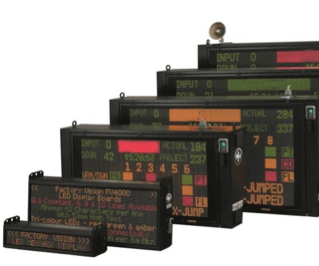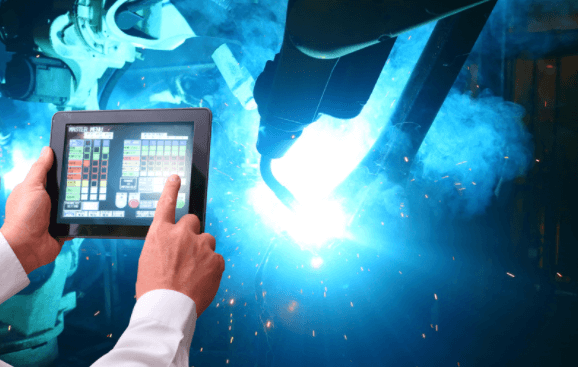From Clip Boards to MES
This post first appeared in DesignNews.com It’s hard to believe that less than 20 years ago most manufacturers were solving bottlenecks with stop watches and clip boards. Today, virtually all of this analysis is automated, but identifying bottlenecks is only a small part of factory data analysis. We’re working with a U.S. automaker on one of their sports car lines where Manufacturing Execution Systems (MES) have helped them to significantly drive (<< pun) up quality and efficiency. Here’s how an MES is designed to solve problems before they happen:
Start with Machine and Tool Data
Plant floor PLC data blocks collect machine information from each production station and drive it to a host server database, typically SQL or Oracle. From there it can be posted overhead on an Andon board, sent via pager to a specific maintenance person, included in a management report, or redirected in virtually any secure configuration. The MES captures raw machine and tool data and converts it into valuable information:
- Machine states: Is the machine operating? Not operating? In need of repair or maintenance?
- Tool life: Based on historical data, is it time for that drill head to be replaced? Time for the torque guns on Line 17 to be lubed?
- Production quantities: How many cars are targeted for production during this shift? What’s actual production?
- Buffer count: How many vehicles are waiting for the paint booth? Too many (redirect to a different waiting area)? Too few (identify the reason for the gap)?
Next, get Data from the Parts and Cars
Most parts have unique identifiers so that their performance can be tracked over time. If shock absorber A outlasts shock absorber B, the automaker can know. On the component and vehicle level, the MES knows about:
- Part history: Parts carry information with them, usually on a bar code, used to identify the supplier, track when they arrived at the plant and which car they ended up with. Using an MES, the automaker has door to door history on components.
- Production process history: Cars carry a lot more unique identifiers than your VIN. In addition to part identifiers, they carry data on when they were produced, where, and with which machines and tools. The MES captures it all and makes sure that there is no difference between cars built on Monday morning and cars built on Saturday night.
Use the Information to Anticipate and Prevent Downtime
The bottom line of this MES is that quality and efficiency have gone through the roof over the past 10 years. We’ve built Manufacturing Execution Systems for other types of manufacturing as well. Battery and pharmaceutical companies rely on MES to capture exact time of day for each process, every machine and every component that went into the product. They’re critical for high value and recall-sensitive products. It’s been a long time since clipboards and stop watches, and for someone like me who loves seeing production run smoothly, it’s been great to be along for the ride (<< last pun). You can reach me at lsobkow@redviking.com and learn more about MES at https://www.redviking.com/what-we-do/manufacturing-solutions.html.







